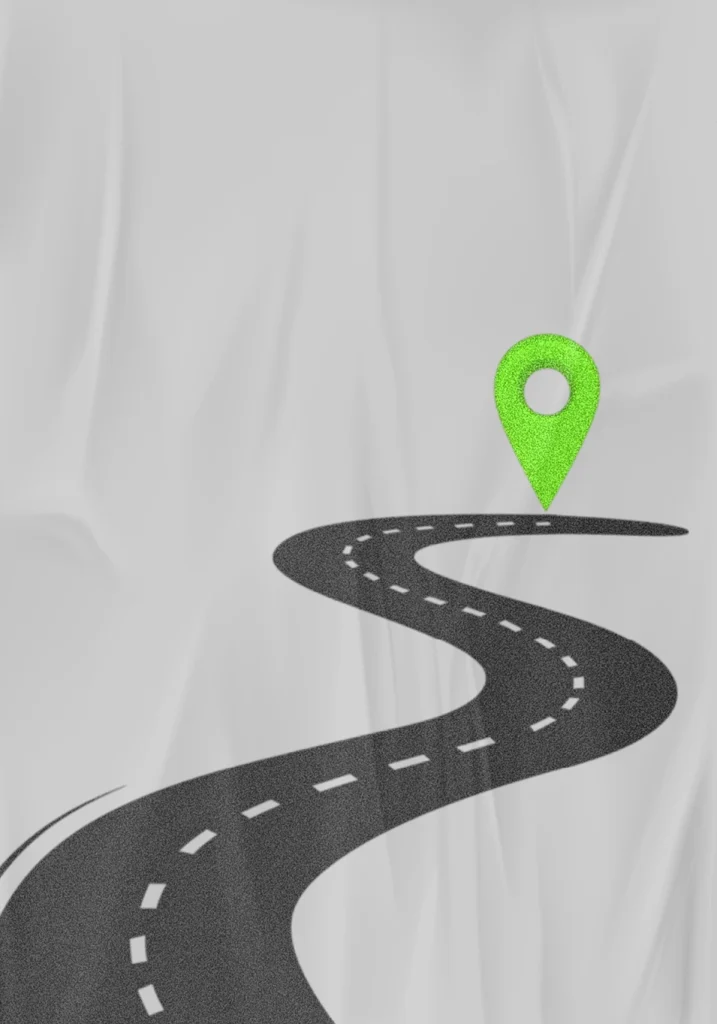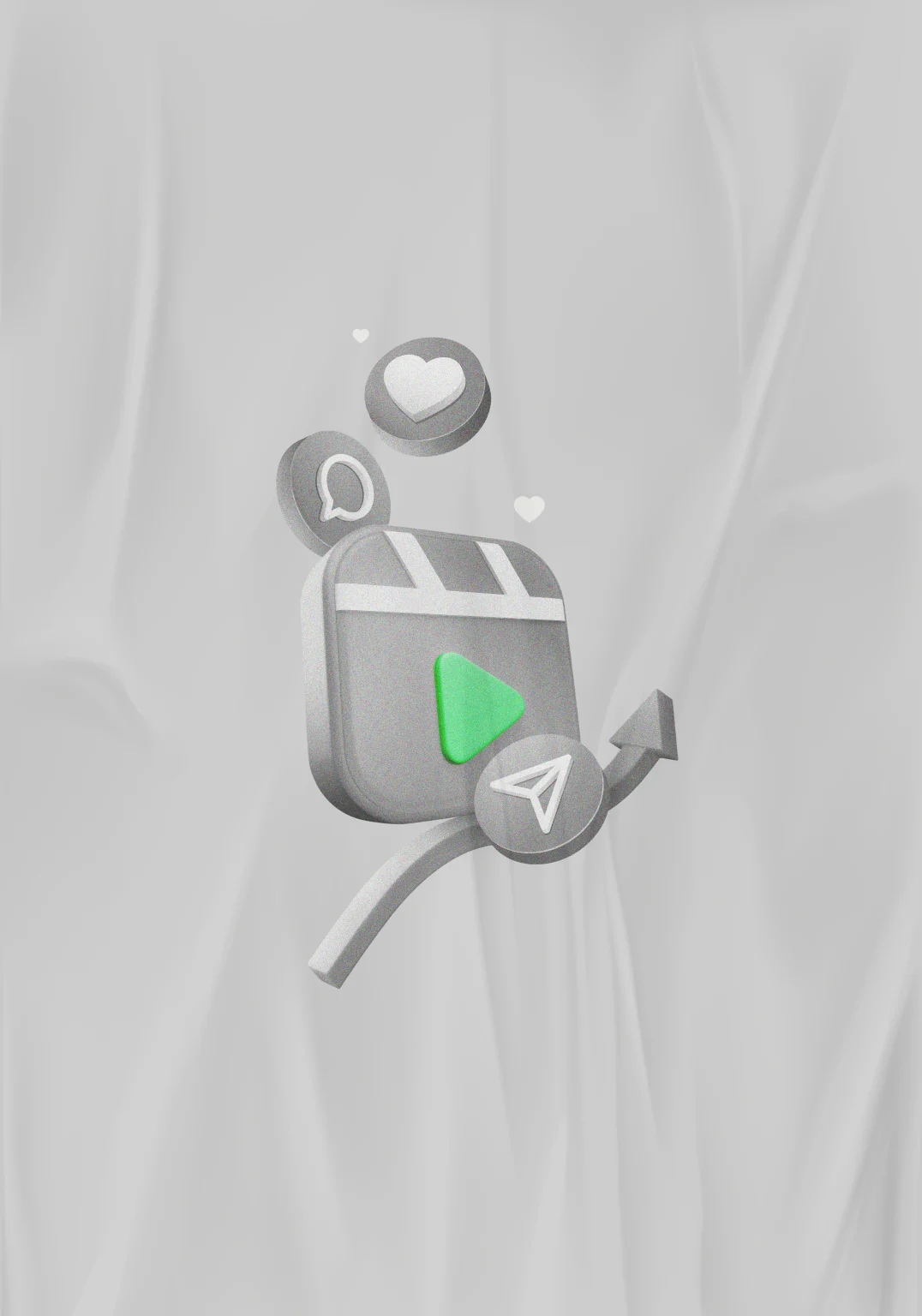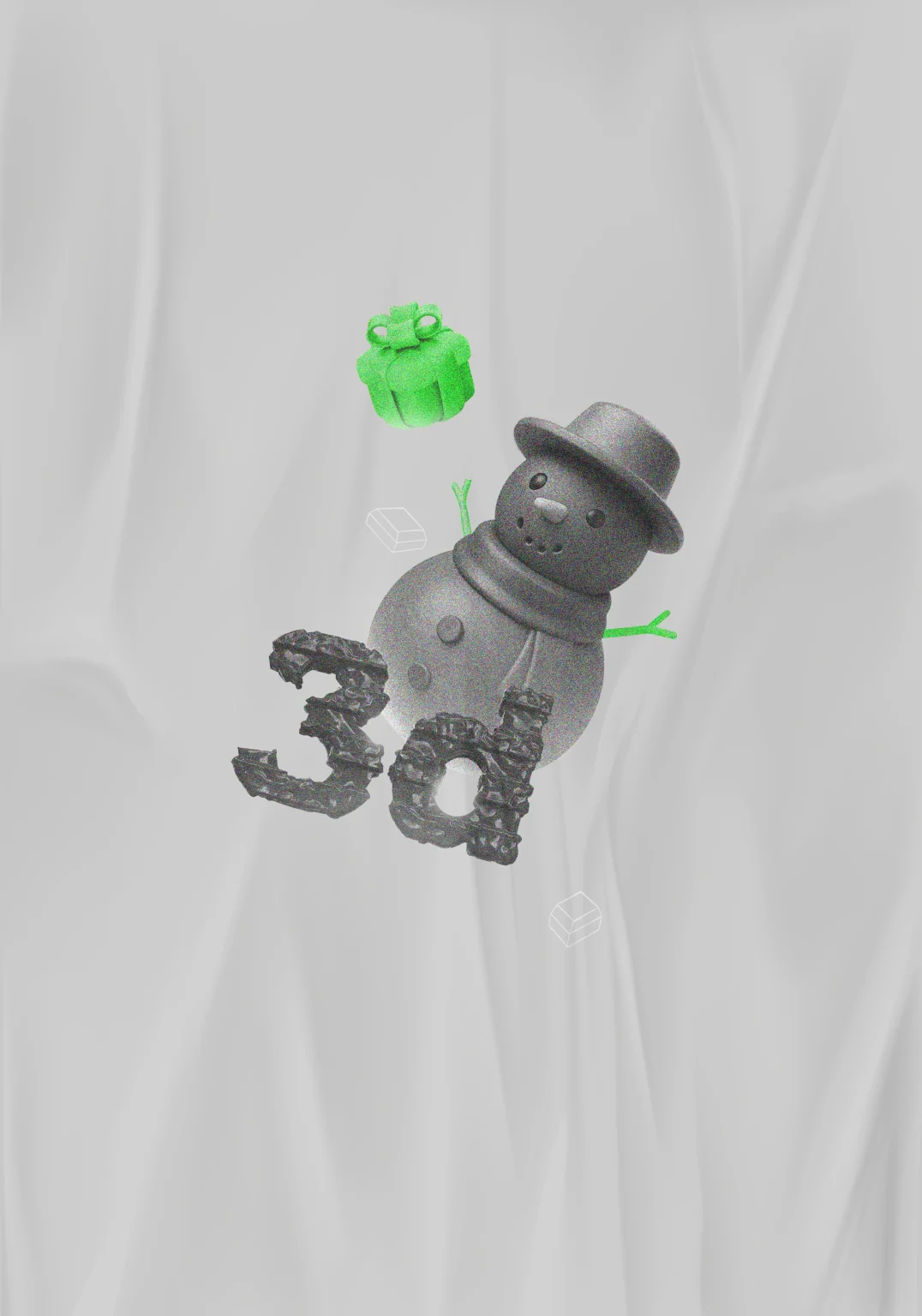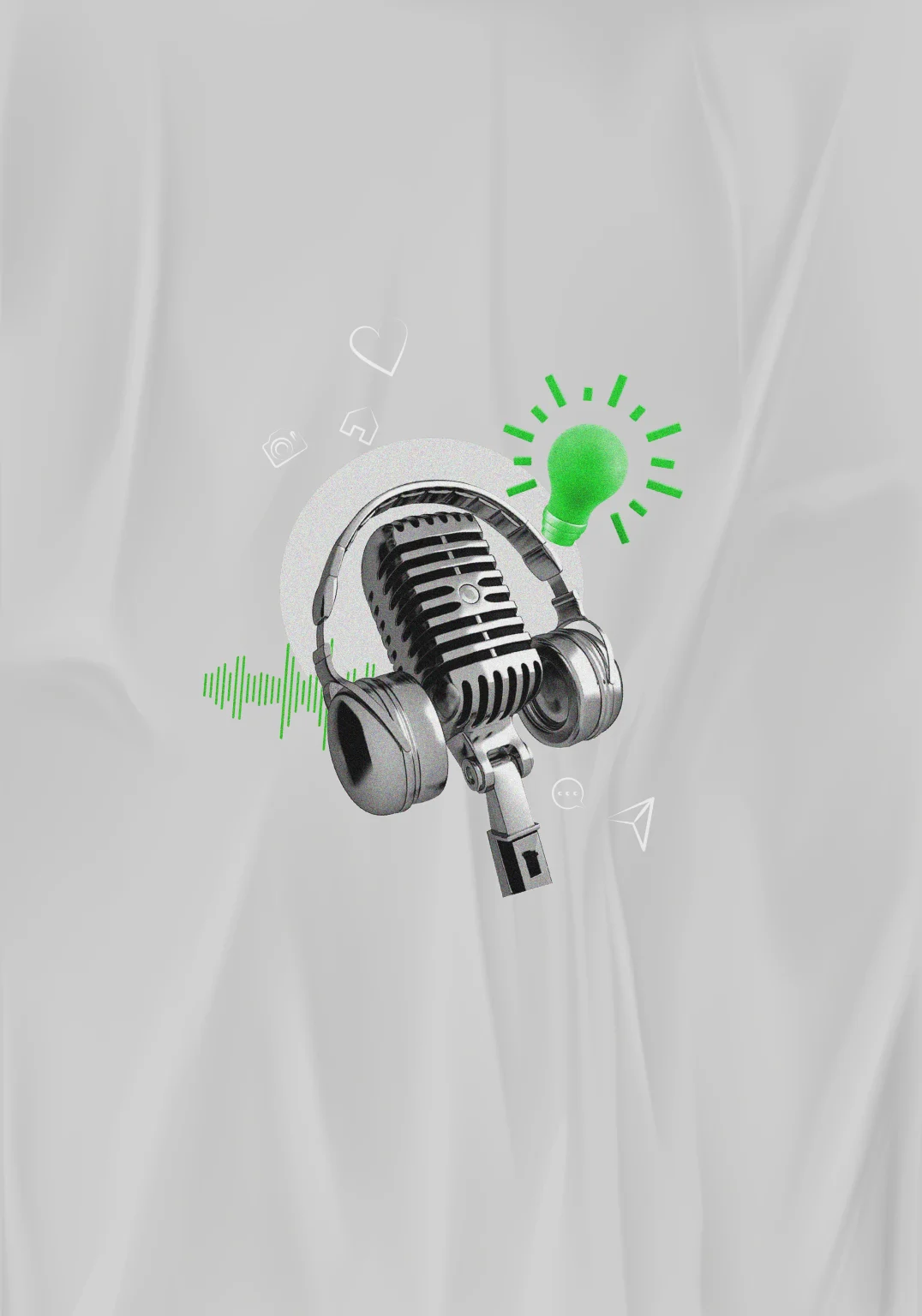Understanding the customer journey is crucial in designing a successful marketing strategy that will acquire and retain customers. The customer journey is about the sequence of steps a prospective customer goes through after they first come across your brand. Your marketing plan should be crafted to help direct your prospective customers through this path. This process is often called the “Funnel” in the marketing industry.
What is a Marketing Funnel?
A Digital Marketing Funnel is a road map representing a buyer’s journey. It generally starts with people becoming aware of your business, taking interest in your product/service and then finally buying it. Each step in the funnel is designed to engage your audience and make them interested in what you are offering. So, it is important that you create a funnel that hooks them throughout the journey.
The top of the digital marketing funnel is where you engage with your audience and try to get in front of them. While, the end of your funnel is where your audience has turned into potential customers and ready to make a purchase. There are generally three steps in the customer journey: Awareness, consideration and conversion.
Let’s deep dive into how this journey evolves :
The awareness stage –
The initial stage of the customer journey involves awareness. This serves as the initial introduction for your intended audience. This step is essential, and it is important to ensure that individuals understand the issue you are addressing, the impact your product will have on their lives, and the reasons they should purchase it. Your responsibility is to catch their eye and pique their interest in your product. This is achievable by utilizing SEO, PPC advertising (paid ads), social media tactics, email marketing initiatives, and other methods.The consideration stage –
Once potential customers are aware of your brand, they move into the consideration stage. Here they evaluate different options and determine whether they need your product for its benefits and price. In this stage, the role of marketing campaigns is to convince the customer that your product is the best option for them. This can be done by running retargeting paid ads and creating personalized email marketing campaigns that include case studies and product testimonials.The conversion stage –
The third step is conversion. At this point, the customers are ready to buy. Your goal is to provide them with the final push needed to convert. Focus on eliminating any remaining doubts and making the purchasing process as smooth as possible. Offer special discounts coupons or free trails to entice them to make the final purchase. Ensure your checkout process is seamless and user friendly too. A lengthy and complicated process can lead to cart abandonment. Provide various payment options and clear return policy with everything mentioned. A good and secure checkout helps users trust your brand and finalize their purchase.
Marketing efforts are not over here. You have to make sure that the customer remains loyal to your brand or product. This is through continuous engagement, providing additional benefits or services, and having excellent customer service. Studies show that it is more expensive to acquire a new customer than it is to retain an existing user. Ensure you have a post-purchase digital marketing strategy in place as well. Follow up with emails, keep running paid ads to encourage repeat purchases and be active on social media to enhance customer retention.
Tips to improve the effectiveness of your funnel :
Optimize your website and landing page experience –
Your website should be aesthetically pleasing, easy to navigate and quick to load. Use a clean, modern design that aligns with your brand identity. Keep your navigation menu simple and organized. Ensure your website is mobile-friendly. Use responsive design techniques to adapt to various screen sizes. Write impactful CTAs and place them strategically. Clearly communicate your value proposition and address the needs and pain points of your target audience.Be present everywhere –
It is easy for your target audience to get distracted by the myriad of choices available at all times. Make sure you are visible everywhere and create an impact. You can do this by tailoring your content to fit each social media platform’s audience and style, maintaining consistent branding and voice throughout.Foster connection and engagement –
Focus on building relationships through meaningful interactions. Respond promptly to comments and messages, encourage user-generated content, and host interactive sessions like live Q&A’s or polls. Use storytelling and authentic content that resonates with your audience’s values and interests.
Channels you can use in your strategy :
SEO –
SEO is a practice of optimizing your website and its content to improve its visibility. This process involves keyword research, content analysis and optimization, on-page optimization and link building. Effective SEO strategies can elevate your website’s credibility and drive more traffic.PPC –
Paid Ads are the fastest way to reach your target audience. By bidding for relevant keywords and creating visually appealing ads, you can reach users actively searching for products and services you sell. This channel is specifically effective to boost awareness.Social Media –
Your target audience is active on social media platforms like Instagram, Facebook, LinkedIn and Twitter. Through posts, stories, and paid ads, you can share relevant content, showcase your products, and interact with followers. Being active on social media helps build loyalty and encourages interaction.
It is important to understand and build your customer journey, right from the first impression to the final purchase. A well-structured digital marketing funnel can also help you find ways to improve your products or services, see what your target audience wants and identify pain points. In this digital age, constantly refining your digital marketing funnel and adapting to new trends is the only way to stay on top of your audience’s mind.
Reach out to FreshBox Media, and let us collaborate on developing a tailored digital marketing funnel designed to drive results and elevate your brand’s growth.
Frequently Asked Questions
What is a customer journey?
The customer journey is the path a customer takes from their initial interaction with your brand to the final purchase. It encompasses every touchpoint from impression to final purchase.



